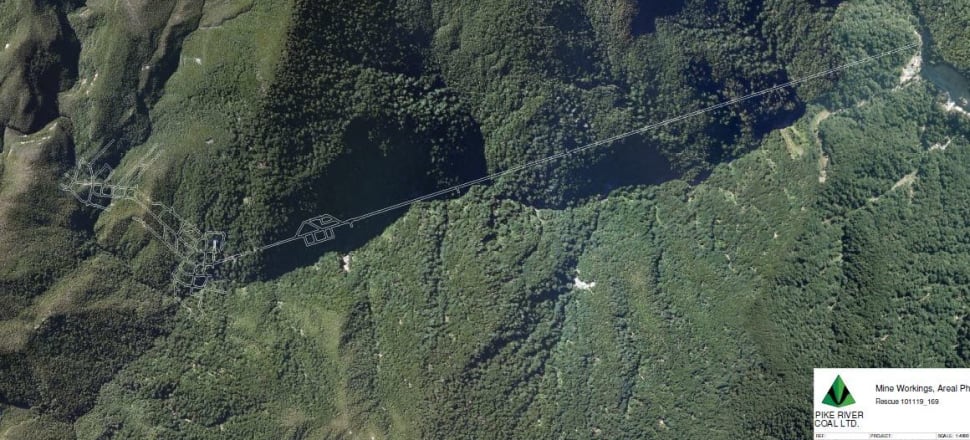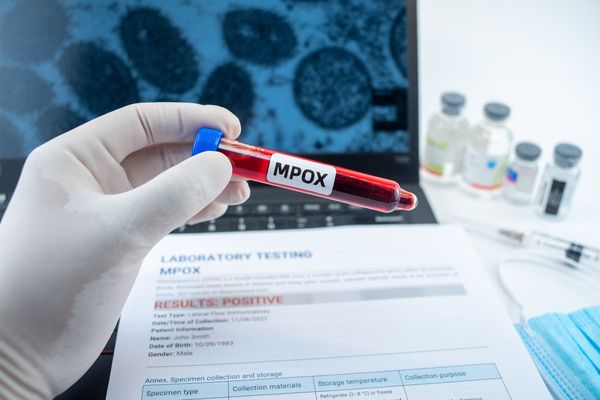
As the police inspection of key parts of the interior of the Pike River mine continues, more unrecoverable bodies are likely to be found, reports Rebecca Macfie
Two days out from the 11th anniversary of the Pike River mine disaster, the families of the 29 dead workers were dealt yet another shock with the discovery of human remains.
The two, and possibly three, bodies photographed by police cameras last week are unlikely to be the last captured on film, as the criminal investigation into the explosion continues.
Since the $51 million re-entry of the mine’s 2.3 km access tunnel was completed earlier this year, attention has swung to the drilling of several new boreholes from the rugged Paparoa mountain tops down into areas of forensic interest deep in the mine.
It is from one of these new holes, in the farthest reach of the mine, that the images showing human remains have been taken.
The area concerned was being worked by a machine that had only been at Pike for three months before the explosion of November 19, 2010. The Alpine Bolter Miner (ABM20) was the only bit of machinery underground that worked successfully; unlike other kit that Pike had pressed into service through the mine’s short and benighted development, the leased ABM20 didn’t break down, handled the steep gradient of the mine, and sliced through the coal quickly and efficiently.

At the time of the explosion it’s thought that eight workers were manning the ABM20, driving a development road in the north-west corner of the mine. They were listed by the Royal Commission into the tragedy as Glenn Cruse, Chris Duggan, Dan Herk, Richard Holling, Brendon Palmer, Pete Rodger, Stu Mudge and Willie Joynson.
Joynson, a highly experienced Australian miner, was deeply unhappy with the Pike operation and had come to believe the mine was a time bomb waiting to go off. There were too many inexperienced workers underground, management didn’t listen, and there were endless problems with machinery, ventilation and methane gas, the mine’s single biggest risk. He and his wife had decided to leave and take their family back to Queensland. But he was still there when the mine blew up.
The day before and on the morning of the explosion the ABM20 had intersected a horizontal borehole – drilled to explore the geology of the coal seam – causing high methane levels that repeatedly tripped out the machine.
One theory, considered by the Royal Commission, is that the explosion at 3.45pm on November 19 may have originated in the ABM20 area as a result of a high methane build up. Pike’s record in monitoring and managing methane in the gassy mine was appalling – the Royal Commission found that in the 48 days before the explosion there were 21 instances of gas reaching explosive levels, and 27 instances of lesser but still dangerous levels.
At a meeting in Greymouth last night, police showed the families images revealing damage to the ABM20 and surrounding area. They also saw images from the hydro-mining area, and from the area around the main ventilation fan – a new and troubled item of equipment at the time of the explosion. They were not shown images of the human remains, which have not yet been identified.
The news that bodies have been found, but are unable to be recovered, has come as both a shock and a vindication for families who have struggled long and hard for answers and accountability for the avoidable disaster. “We all heard that they were burned to a crisp,” says Rowdy Durbridge, whose son Dan Herk was a mine deputy on the ABM20 crew. The idea that the workers were incinerated in the November 19 explosion and the three subsequent blasts has long been challenged by the families, and the images provide further proof – in addition to at least one early image of a fully intact body - that they were right to reject that.
Detective Superintendent Peter Read says the camera equipment and lighting now being deployed in the police investigation is far superior to what was available a decade ago. “It’s like night and day.”
Higher resolution cameras, fibre optic cables that can transmit the data from the mine interior to the surface, and advanced lighting that provides around 40 metres of vision in the otherwise pitch black hole have all played a role in the quality of the images now being retrieved.
Durbridge – himself a former Pike miner - said after last night’s meeting that the images had “opened his eyes” to the condition of different parts of the mine, and forced him to rethink some of his previous theories about the likely origin of the explosion.
It seems almost certain that further unrecoverable remains will be found as other boreholes are inspected, photographed and re-imaged on the advice of police experts. Two new holes have been drilled into the hydromining area, where three men are thought to have been working at the time of the explosion. An area worked by Australian drilling company Valley Longwall is also to be inspected; three workers were believed to be in that area.
However the purpose of the bore hole drilling and inspection programme is not to find bodies, but to gather evidence as to the source of the first explosion. This will hold the key to whether the police are able to mount manslaughter charges against any of the mine’s former duty-holders.
The bore hole programme is due to be completed by the end of the year.
To date, no individuals have been held accountable for the Pike explosion, although Valley Longwall and Pike River Coal (in receivership) were convicted under the Health and Safety in Employment Act.
In late 2013 health and safety charges against former mine boss Peter Whittall were dropped in a deal (later found by the Supreme Court to be unlawful) involving the payment of $3.41 million in insurance money to the families – money that the bankrupt company owed them in court-ordered reparations.







